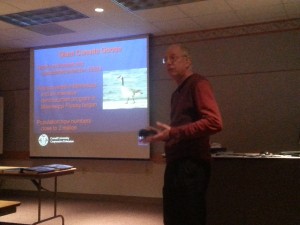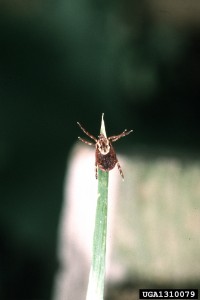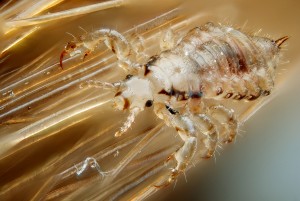Join the NYS IPM Program of Cornell University and Wayne-Finger Lakes BOCES for a seminar on implementing integrated pest management on school grounds. Emphases will include managing quality athletic fields in light of the Child Safe Playing Field Act, developing school IPM policies, and pest situations such as weeds, grubs, stinging insects, and geese.
There is no fee for the workshop, but pre-registration is requested. Contact Kelly Wasson of Wayne-Finger Lakes BOCES at kwasson@wflboces.org or 315-597-3469.
WHERE
Canandaigua CSD Operations Center, 5500 Airport Rd., Canandaigua, NY 14424
AGENDA
7:30 – 8:00 Registration
8:00 – 8:45 Developing School IPM Policies – Lynn Braband, NYS IPM Program
8:45 – 9:30 Regulatory Update – Kelly Wasson, Wayne-Finger Lakes BOCES
9:30 -9:45 Break
9:45 -11:15 Managing Your Athletic Fields & School Grounds in Light of the Child Safe Playing Field – Jennifer Grant, NYS IPM Program
11:15 – 12:00 Managing Stinging Insects & Geese on School Grounds – Lynn Braband, NYS IPM Program




